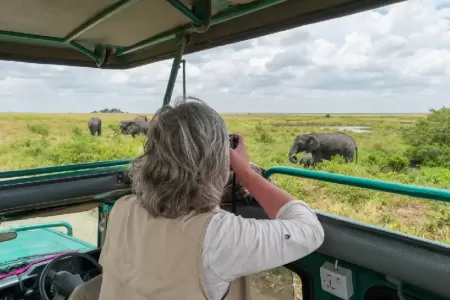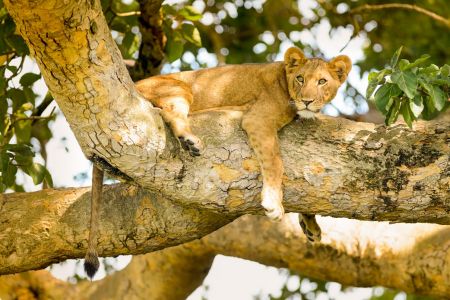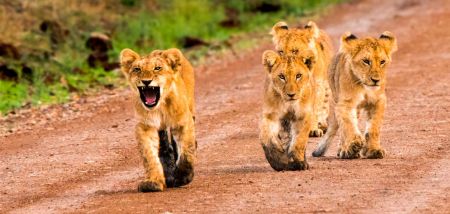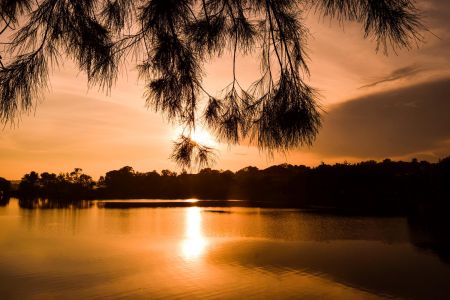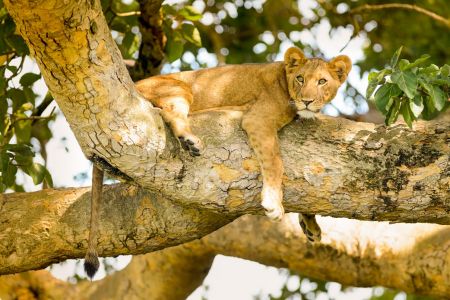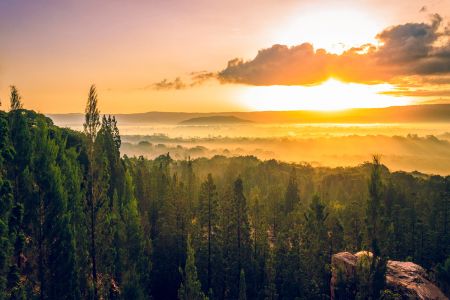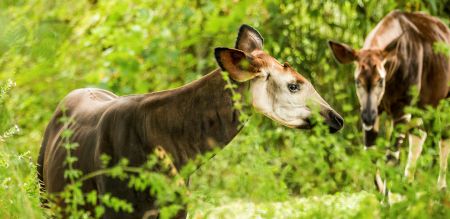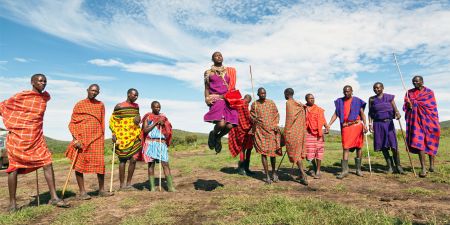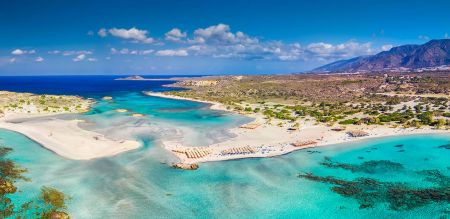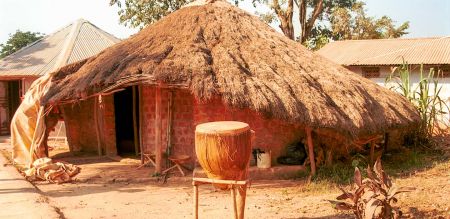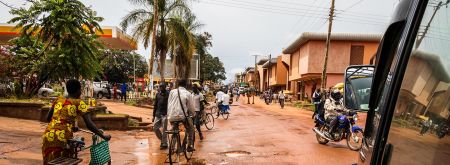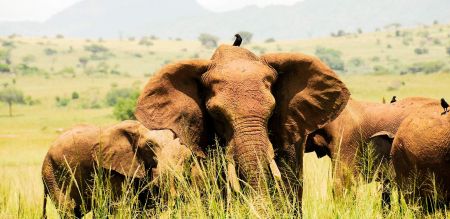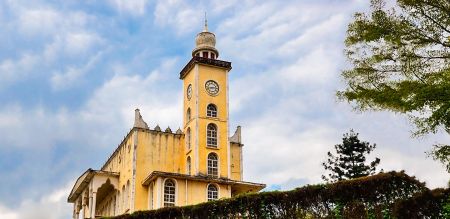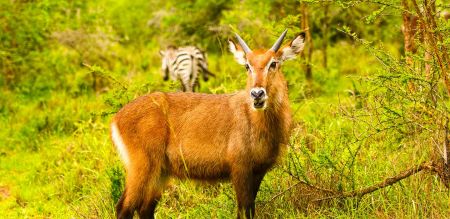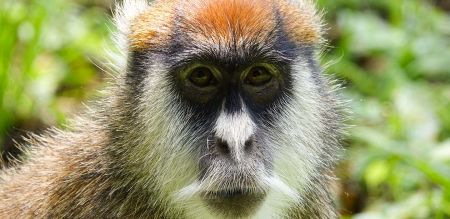Kasubi Tombs
Holding an exceptional and rare political and spiritual significance for a graveyard the Kusabi tombs in Uganda are as royal as a graveyard can ever be.
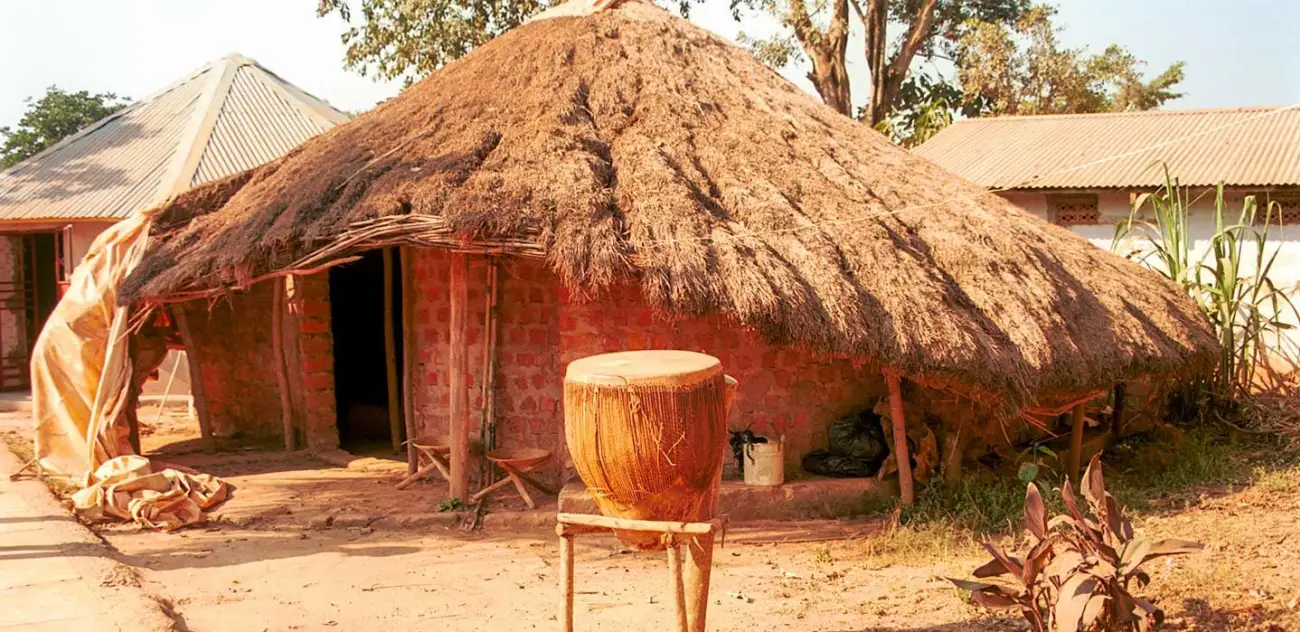
Kasubi Tombs site is a religious site in the Buganda Kingdom. It is the largest of the most traditional kingdoms in present-day Uganda.
The Kabaka, or the king of Buganda people is the symbol of the politica, social and spiritual state of Buganda Kingdom.
Location: Masiro Rd, Kampala, Uganda
Opening Hours: 8 am - 6 pm
Climate: Rainforest tropical climate, the precipitation greatly increases from August to December and from February to June.
Interesting Facts about Kasubi Tombs
- Kasubi Tombs site is spread over 26 hectares (64 acres) of land on the Kasubi in the City of Karbala.
- It is the only UNESCO World heritage site in all of Kampala city.
- The tombs were renovated back in 1938 by Kabaka Mutesa II to include some modern materials like steel, concrete and brick structures. However, it was ensured that the traditional materials remained dominant.
- Kasubi Tombs is also a special place for those interested in grass thatching skills from the Ngeye clan and in traditional bark cloth from the Ngo clan.
History of Kasubi Tombs
The Kasubi Tombs in Kampala Uganda is far from being a normal burial ground as it holds the tombs of four Kabaks (Kings of Buganda ) and many other members of the Baganda royal family.
The ancient burial site holds spiritual and political importance unrivaled by any other landmark or monument in Uganda.
All of this was subject to be destroyed in a fire back in 2010 with some of the buildings at the burial site were lost forever. This pushed the world to intervene and preserve whatever Ugandan Heritage remained in the burial site so it was given the status of a UNESCO World Heritage Site.
With modern building materials and methods being introduced in the last monumental renovation the likes of steel structures and concrete columns and bricks were added.
Customize Your Dream Vacation!
Get in touch with our local experts for an unforgettable journey.
Plan Your TripStructure of Kasubi Tombs
The main tomb, (Muzibu-Azaala-Mpanga), is a representation of local architecture and is the largest grass thatched building on earth. Its building is made of bamboo, wood and a roof that is grass thatched.
The main building Muzibu Azaala Mpanga’s dimensions is almost 31 meters circumference and a 7.5-meter height and is located astride the borders of the Courtyard.
The tombs are divided into 3 main sections. The first section includes the area with the main structure (western side). It is home to the tombs of the 4 Kings. The second section, situated behind the main structure, has several smaller buildings and graveyards. The third section is an open farmland.
A wooden gate, Bujjabukula, with woven reeds and a grass-thatched roof welcome visitors into the Kasubi tombs. At the entrance and towards the Olugya (courtyard), traditional guards are positioned.
These are the names of the 4 Kabaks that were buried in this somewhat whole ground to the Ugandan populous. Muteesa I, Mwanga II, Daudi Chwa II, and Sir Edward Muteesa II.
Some sections of the main tomb are not accessible to everyone. For example, the Kibira (sacred forest) is not allowed to everyone. It is a sacred area of the main structure and it is believed that spirits of the kings dwell here. It can only be accessed by windows of the Kings, the Katikkiro and some members of the royal family.
Traditional Ceremonies
Throughout the years, plenty of traditional ceremonies were carried out, aside from the burial ceremonies of royal members of the family. One of the ceremonies is that of welcoming the new moon.
Some of the more spiritual ceremonies such as consulting mediums are performed secretly (away from visitors).
Traditional medicine women and men from all over Buganda go to the shrine frequently to get blessings for their work from the King's spirit.
The current Kabaka of Buganda rarely visits the tombs unless he is traveling out of the country and needs the blessings of his dead ancestors.


